Home>Ideas and Tips>Smart Thermostat Zoning for Efficient Room-by-Room Heating
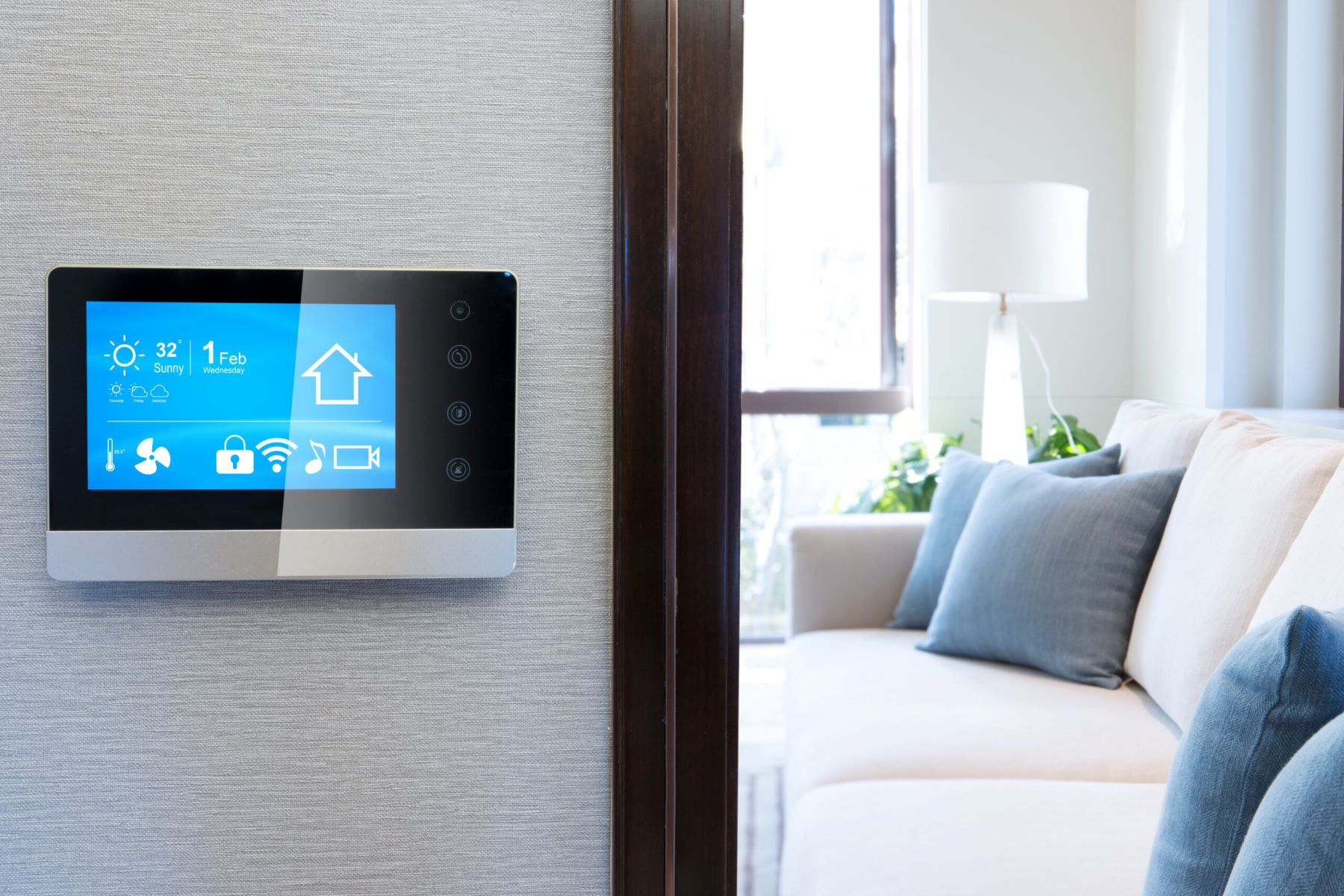

Ideas and Tips
Smart Thermostat Zoning for Efficient Room-by-Room Heating
Published: September 23, 2024
Discover how smart thermostat zoning offers efficient room-by-room heating, enhancing comfort and saving energy in your home. Learn more now!
(Many of the links in this article redirect to a specific reviewed product. Your purchase of these products through affiliate links helps to generate commission for Storables.com, at no extra cost. Learn more)
In the quest for optimal home comfort and energy efficiency, homeowners are increasingly turning to advanced technologies like smart thermostats and HVAC zoning systems. These innovations allow for precise control over heating and cooling, ensuring that each room in your home is at the perfect temperature without wasting energy on unoccupied spaces. In this article, we will delve into the world of smart thermostat zoning, exploring its benefits, how it works, and the various options available for implementing this efficient room-by-room heating system.
Understanding Zoning Systems
Before diving into the specifics of smart thermostat zoning, it's essential to understand the basic principles of zoning systems. Zoning involves dividing your home into separate areas or zones, each with its own thermostat. This approach allows you to control the temperature independently in each zone, ensuring that only the spaces you are using are heated or cooled.
Benefits of Zoning
- Energy Savings: By heating or cooling only the spaces in use, zoning prevents energy wastage in unoccupied areas. This leads to lower utility bills and a reduced carbon footprint.
- Enhanced Comfort: Zoning ensures that each room is at a comfortable temperature, eliminating the need for one-size-fits-all heating and cooling solutions.
- Increased Efficiency: By optimizing temperature control for each zone, you can extend the lifespan of your HVAC system and reduce strain on your furnace and air conditioner.
How Smart Thermostats Accomplish Zoning
Smart thermostats are the backbone of modern zoning systems. These devices use advanced sensors and algorithms to monitor and adjust temperatures in different zones. There are two primary methods of achieving this: sensor-based zoning and system-based zoning.
Sensor-Based Zoning
Sensor-based zoning involves placing sensors in each zone. These sensors send temperature information back to the central thermostat, which then makes the necessary adjustments to match your settings. This method is particularly useful for homes with central HVAC systems where one thermostat controls the entire home.
For example, if you have a living room and a bedroom, placing a sensor in each room allows the smart thermostat to monitor the ambient temperature of each space. The thermostat can then adjust the heating or cooling accordingly, ensuring that the living room is at a comfortable temperature without overheating the bedroom.
Example Scenario
Imagine it takes 30 minutes to increase the temperature by one degree in your living room, while it only takes 15 minutes to raise the temperature by one degree in your bedroom. If you want to heat your living room by 1 degree, your bedroom will have warmed up by 2 degrees. With sensor-based zoning, you can place a sensor in each zone to measure the temperature specifically for each room, eliminating this issue and ensuring that each space is heated or cooled efficiently.
System-Based Zoning
System-based zoning involves breaking up your central HVAC system into multiple zones through duplication of heat sources or the use of dampers and ducts. Each circuit requires its own dedicated thermostat, which can be controlled independently.
For instance, if you have a two-story house with a central HVAC system, you can install dampers within the ducts to control airflow to different zones. This setup allows you to set different temperatures for each floor or even individual rooms, providing precise control over heating and cooling.
Example Setup
In a two-story house with a central HVAC system:
- First Floor: You can set the temperature for the living room, dining room, and kitchen to be slightly warmer than the upstairs bedrooms.
- Second Floor: You can set the temperature for the bedrooms to be cooler than the first floor.
By installing separate thermostats for each zone and using dampers or individual air handlers, you can achieve exact temperature control in each room.
Smart Thermostat Options for Zoning
When choosing a smart thermostat for zoning, it's crucial to select a model that supports multiple zones and offers advanced features for intuitive control and energy management.
Smart Thermostat Features
- Programmable Scheduling: Smart thermostats can learn your habits and adjust temperatures accordingly. For example, they can turn on the bedroom zone around 10 p.m. and automatically handle the temperature change for you.
- Remote Control: Many smart thermostats allow you to adjust temperatures from a phone or tablet, eliminating the need to physically visit the thermostat.
- Energy Tracking: Smart thermostats often come with apps that track energy usage, helping you identify areas where you can make adjustments to save more energy.
- Geofencing: Some smart thermostats use geofencing technology, which allows you to set up zones based on your location. For instance, it can turn off the heating when you leave home and turn it back on when you return.
Popular Smart Thermostat Brands
Several brands offer smart thermostats that are compatible with zoning systems:
- Nest Thermostat: Known for its intuitive interface and learning capabilities, Nest thermostats are popular choices for smart zoning.
- Ecobee SmartThermostat: Ecobee offers a range of smart thermostats with advanced features like room sensors and geofencing.
- Honeywell Home T9 Smart Thermostat: Honeywell's T9 model supports multiple zones and comes with a user-friendly app for remote control.
Installing Smart Thermostat Zoning Systems
Installing a smart thermostat zoning system involves several steps:
- Assess Your Home's Layout: Determine the number of zones you need based on your home's layout and usage patterns.
- Choose the Right Equipment: Select a smart thermostat that supports multiple zones and consider additional sensors or dampers if needed.
- Install Sensors or Dampers: Place sensors in each zone for sensor-based zoning or install dampers within your HVAC system for system-based zoning.
- Set Up the Thermostat: Follow the manufacturer's instructions to set up the smart thermostat and connect it to your home's HVAC system.
DIY vs. Professional Installation
While some homeowners may prefer a DIY installation, it's often recommended to hire a professional HVAC technician for several reasons:
- Complexity: Zoning systems can be complex, especially if you're dealing with central HVAC systems or multiple zones.
- Compatibility: Ensuring that all components are compatible with each other is crucial for optimal performance.
- Safety: Incorrect installation can lead to safety issues, such as carbon monoxide poisoning or electrical hazards.
Advantages of Smart Thermostat Zoning
Smart thermostat zoning offers numerous advantages over traditional heating and cooling systems:
- Energy Efficiency: By controlling temperature in each room, you can significantly reduce energy consumption and lower your utility bills.
- Enhanced Comfort: Each room can be set to a comfortable temperature, eliminating the need for compromises on heating or cooling.
- Convenience: Smart thermostats can be controlled remotely, making it easy to adjust temperatures from anywhere.
- Customization: You can create different zones for various activities, such as an entertaining zone for your living room, kitchen, and dining room, or a morning routine zone for your bedrooms.
Case Studies and Real-World Applications
To illustrate the effectiveness of smart thermostat zoning, let's consider a few real-world scenarios:
Scenario 1: Home Office
Imagine you work from home and spend most of your day in an office located on the second floor of your two-story house. You can set up a zone specifically for this area, ensuring that it remains at a comfortable temperature throughout the day. This not only enhances your productivity but also saves energy by not heating or cooling the entire house unnecessarily.
Scenario 2: Guest Room
If you have a guest room that is only used occasionally, you can set up a separate zone for this room. This way, you can keep it at a comfortable temperature without wasting energy when it's not in use.
Scenario 3: Home Theater
If you have a home theater setup in your basement, you can create a dedicated zone for this area. This ensures that the temperature remains optimal for movie nights without affecting other parts of the house.
Conclusion
Smart thermostat zoning is a powerful tool for achieving both comfort and energy efficiency in your home. By dividing your home into separate zones and using advanced sensors or dampers, you can control temperatures precisely in each room. The benefits include significant energy savings, enhanced comfort, and increased convenience. Whether you're looking to optimize heating and cooling for specific activities or simply want to reduce your utility bills, smart thermostat zoning is an investment worth considering.
In conclusion, with the right smart thermostat and proper installation, you can enjoy a comfortable living space while contributing to a more sustainable and energy-efficient future.
Was this page helpful?
At Storables.com, we guarantee accurate and reliable information. Our content, validated by Expert Board Contributors, is crafted following stringent Editorial Policies. We're committed to providing you with well-researched, expert-backed insights for all your informational needs.
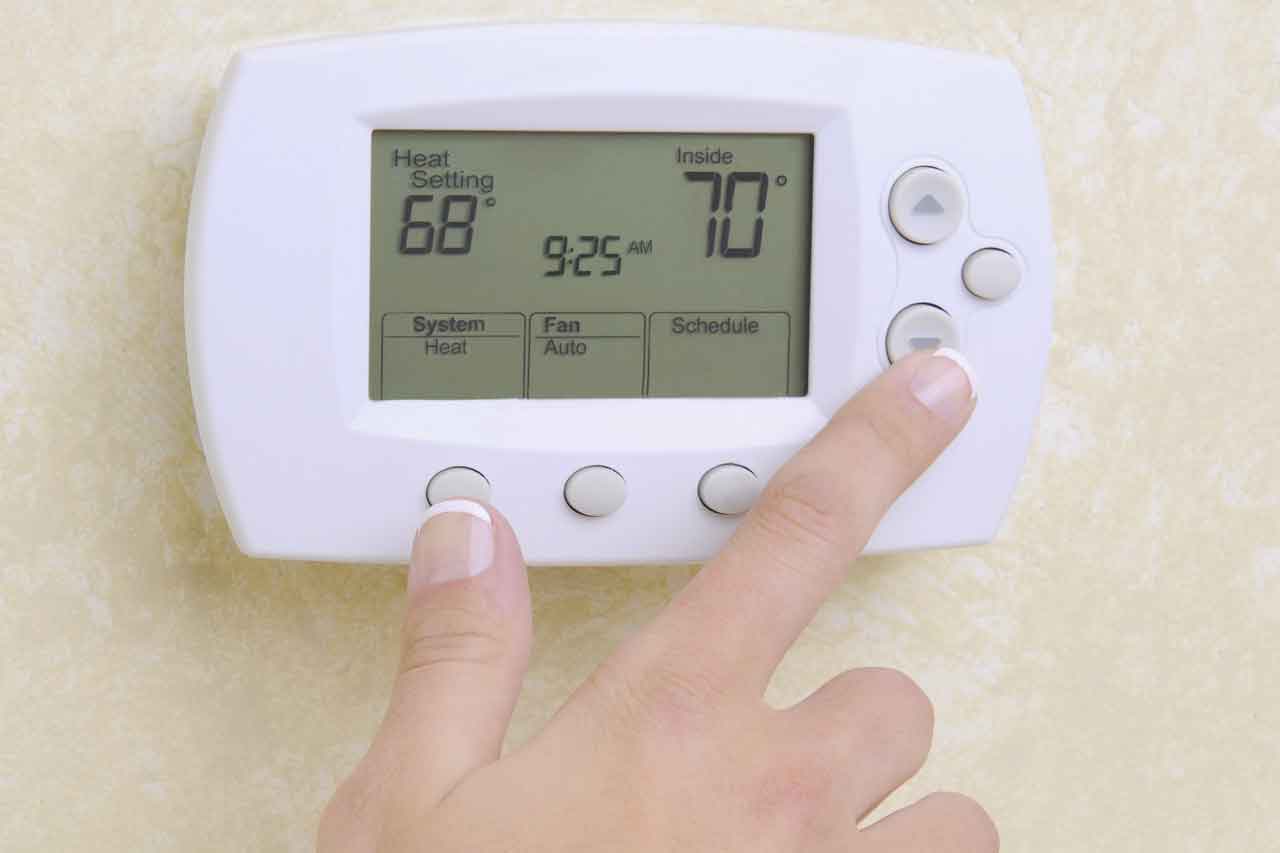
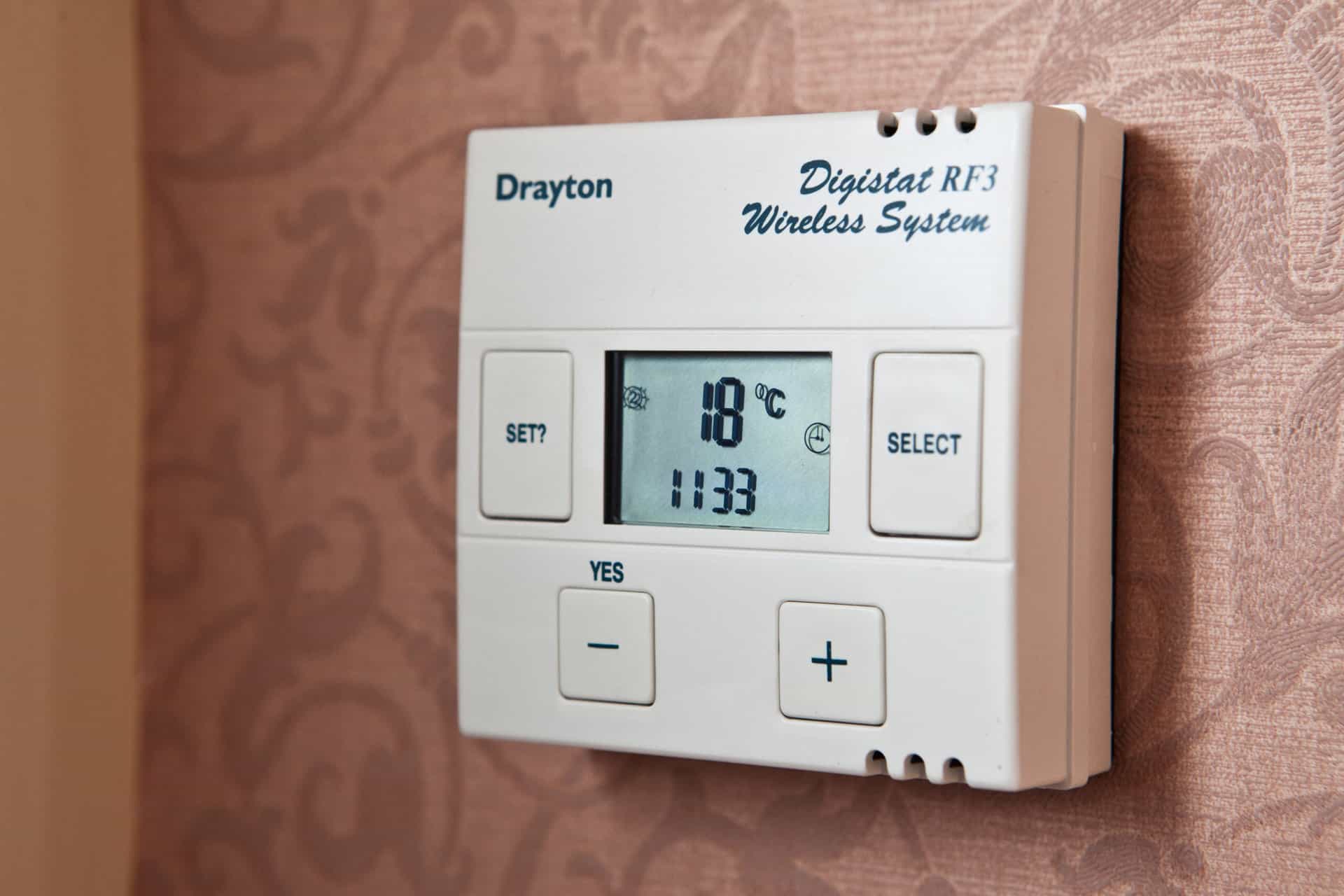
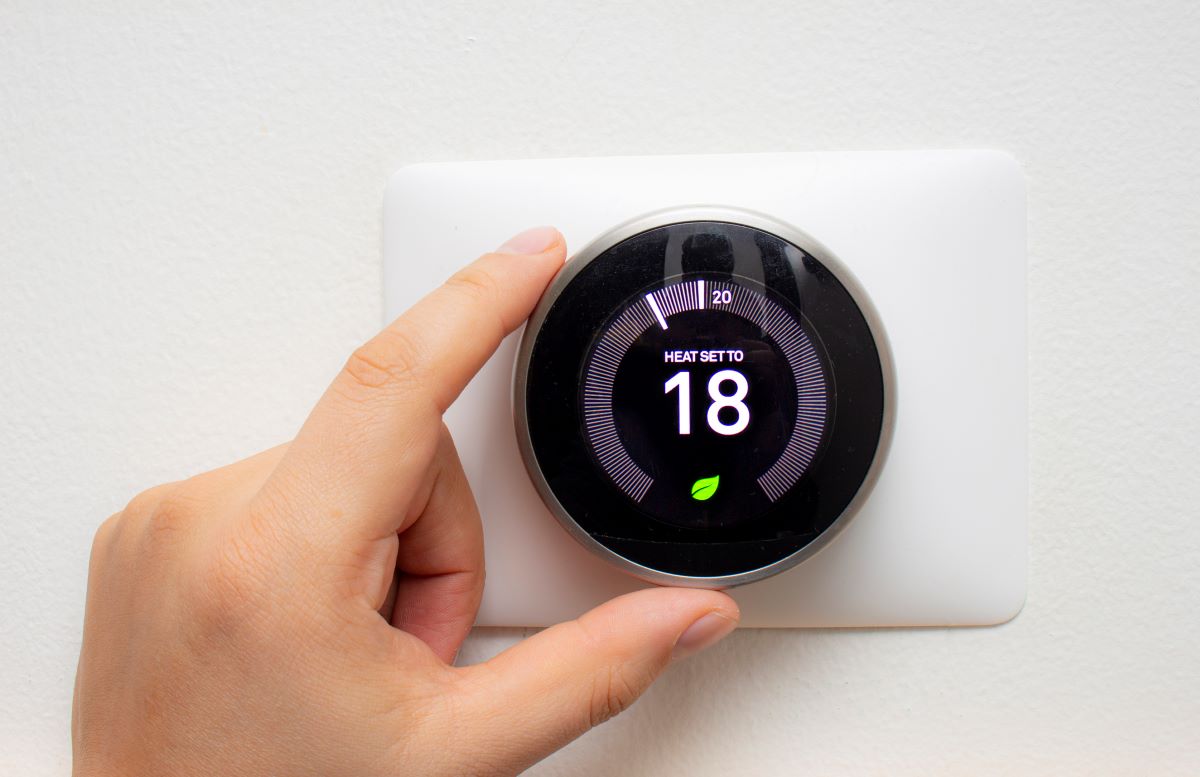
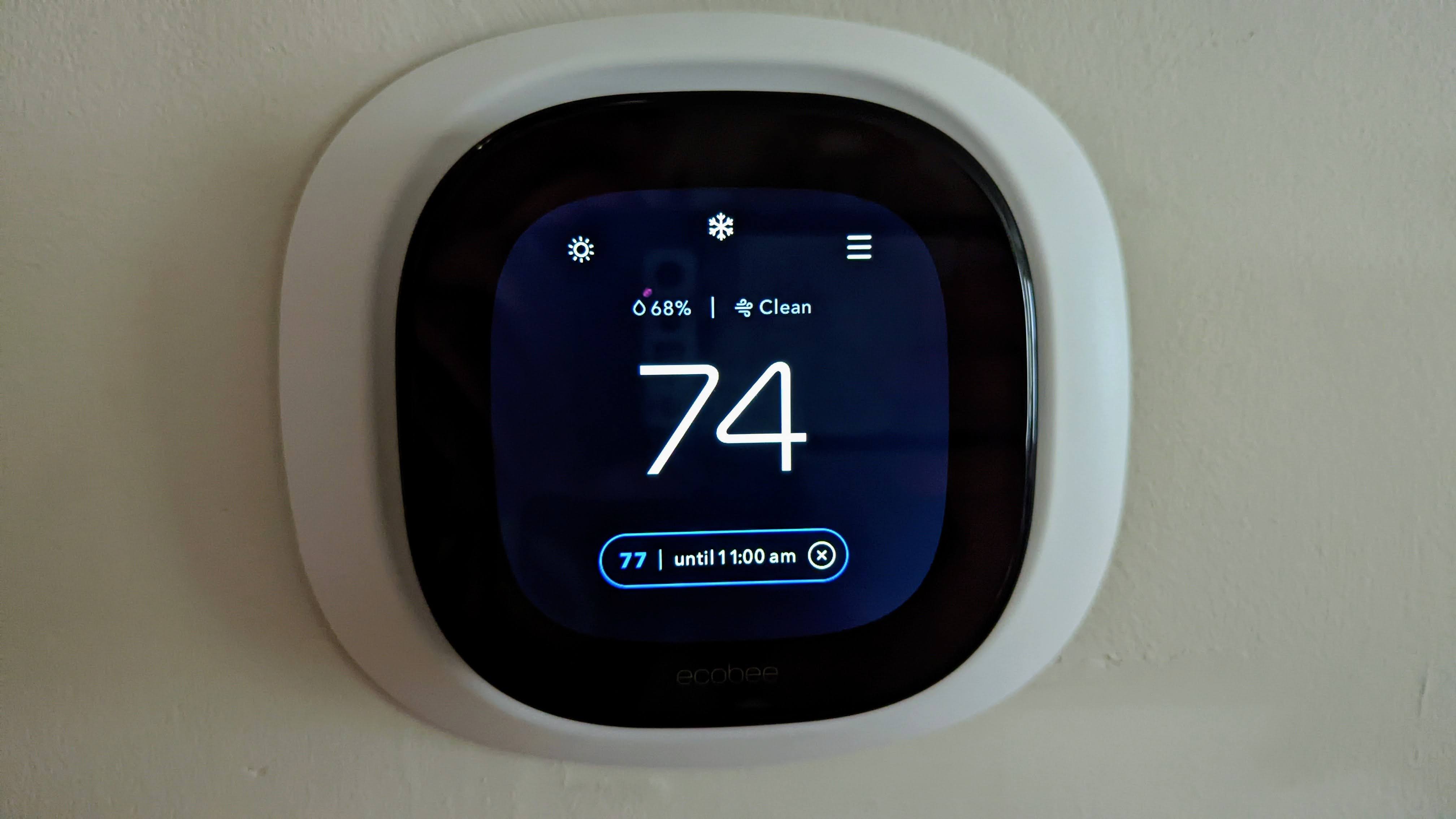

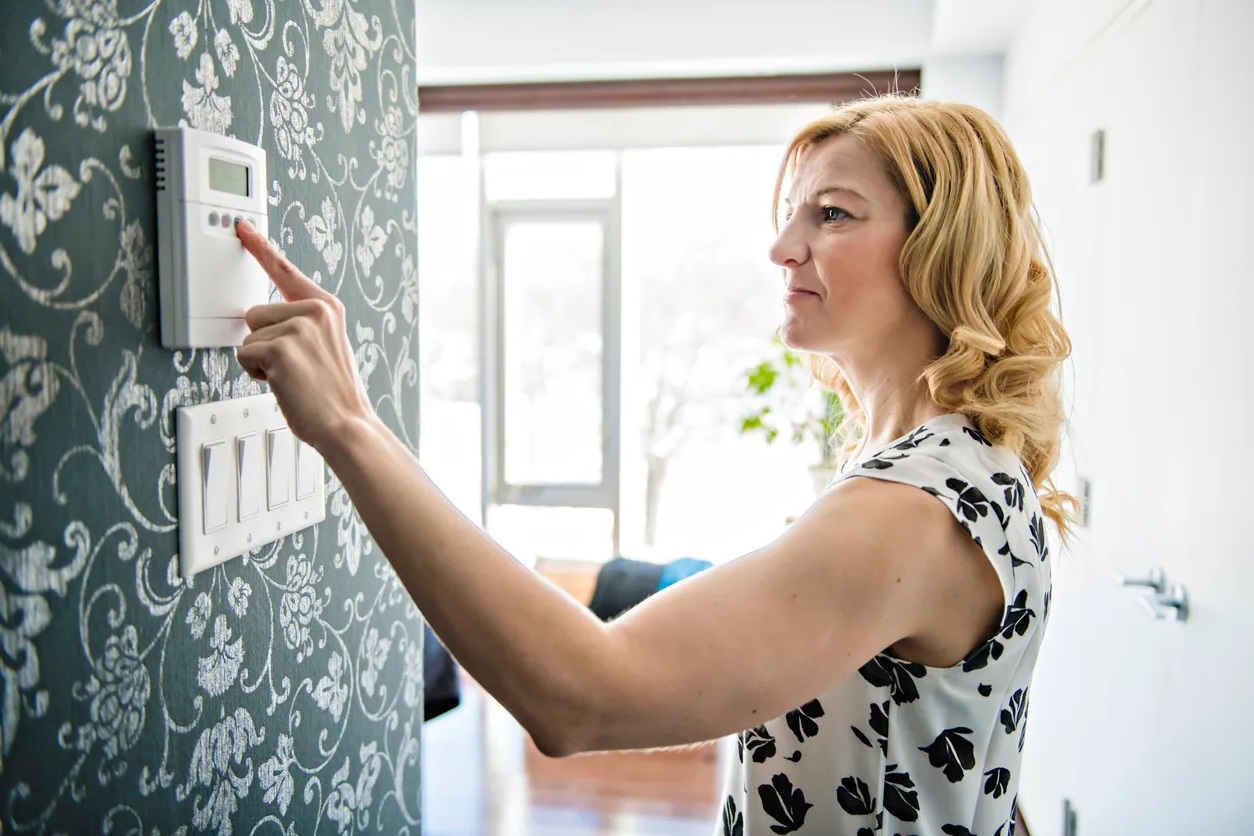
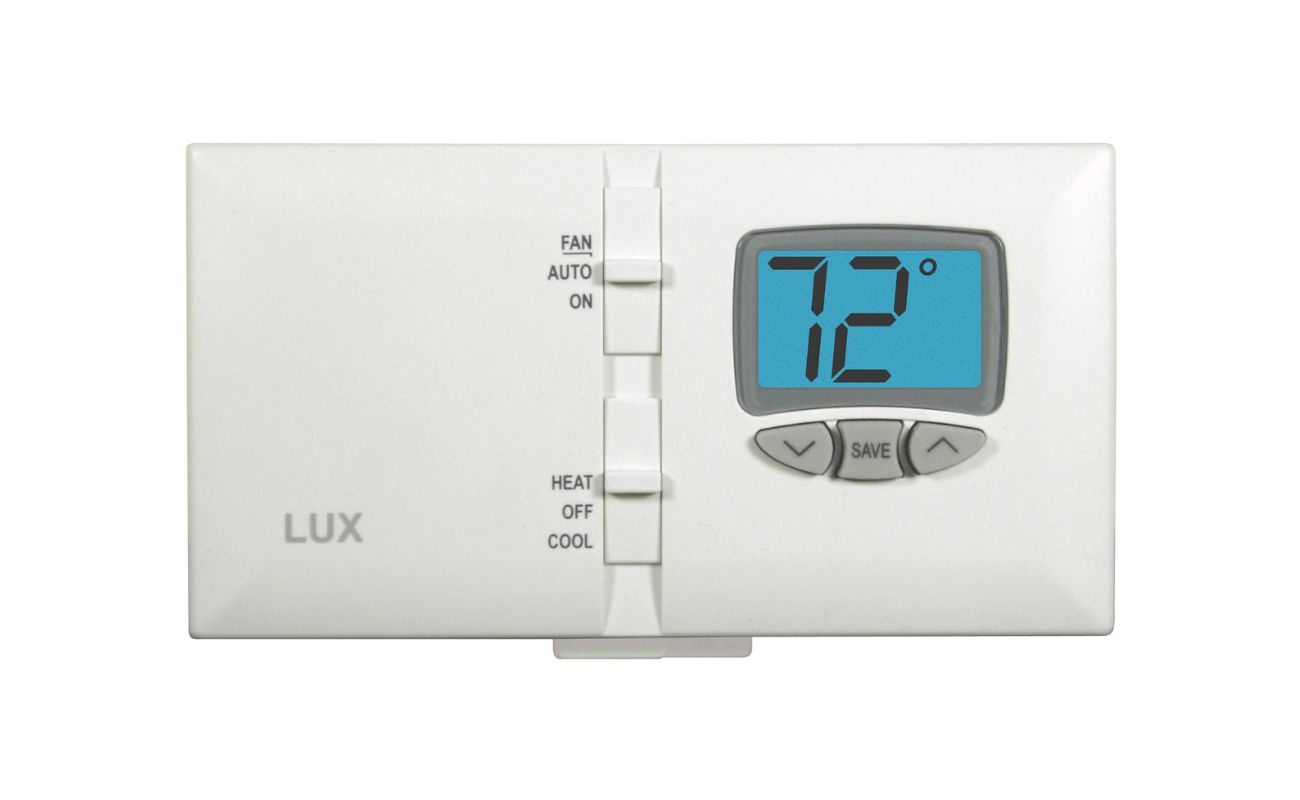
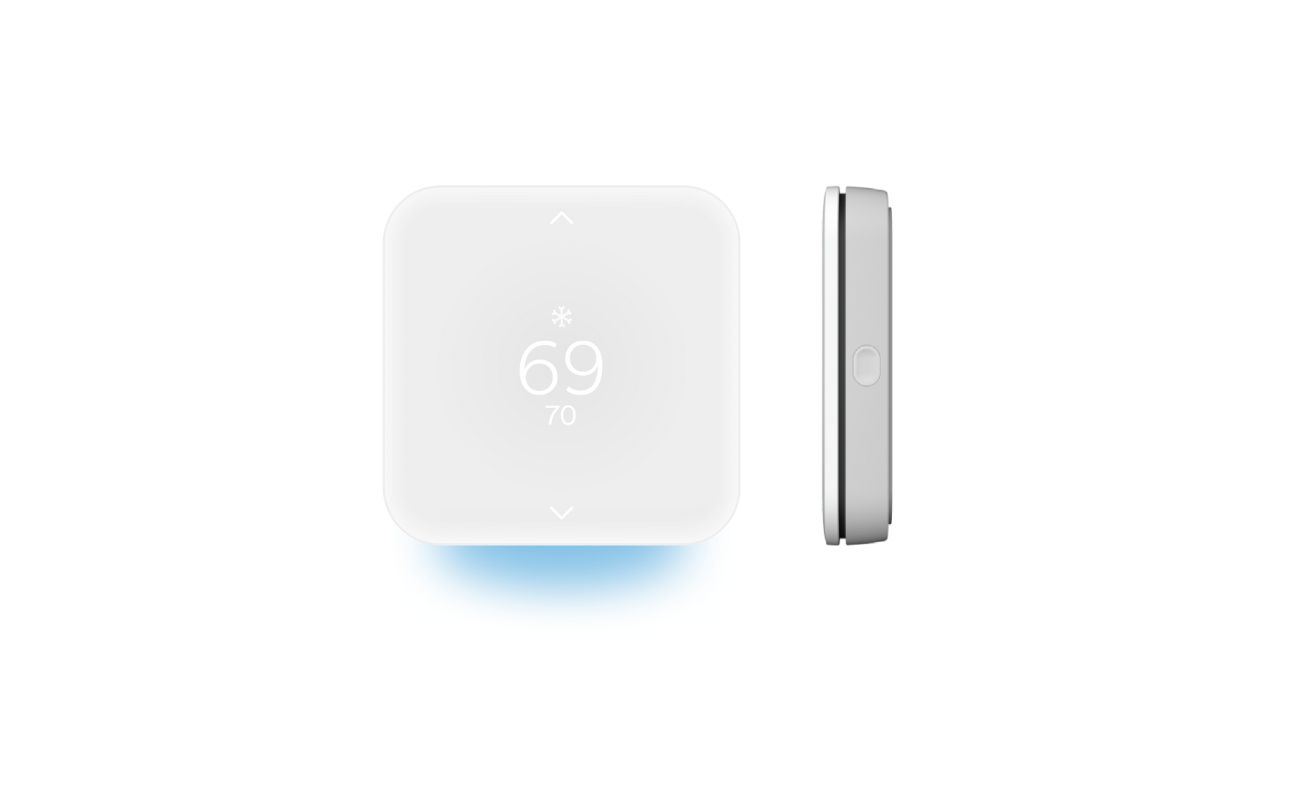
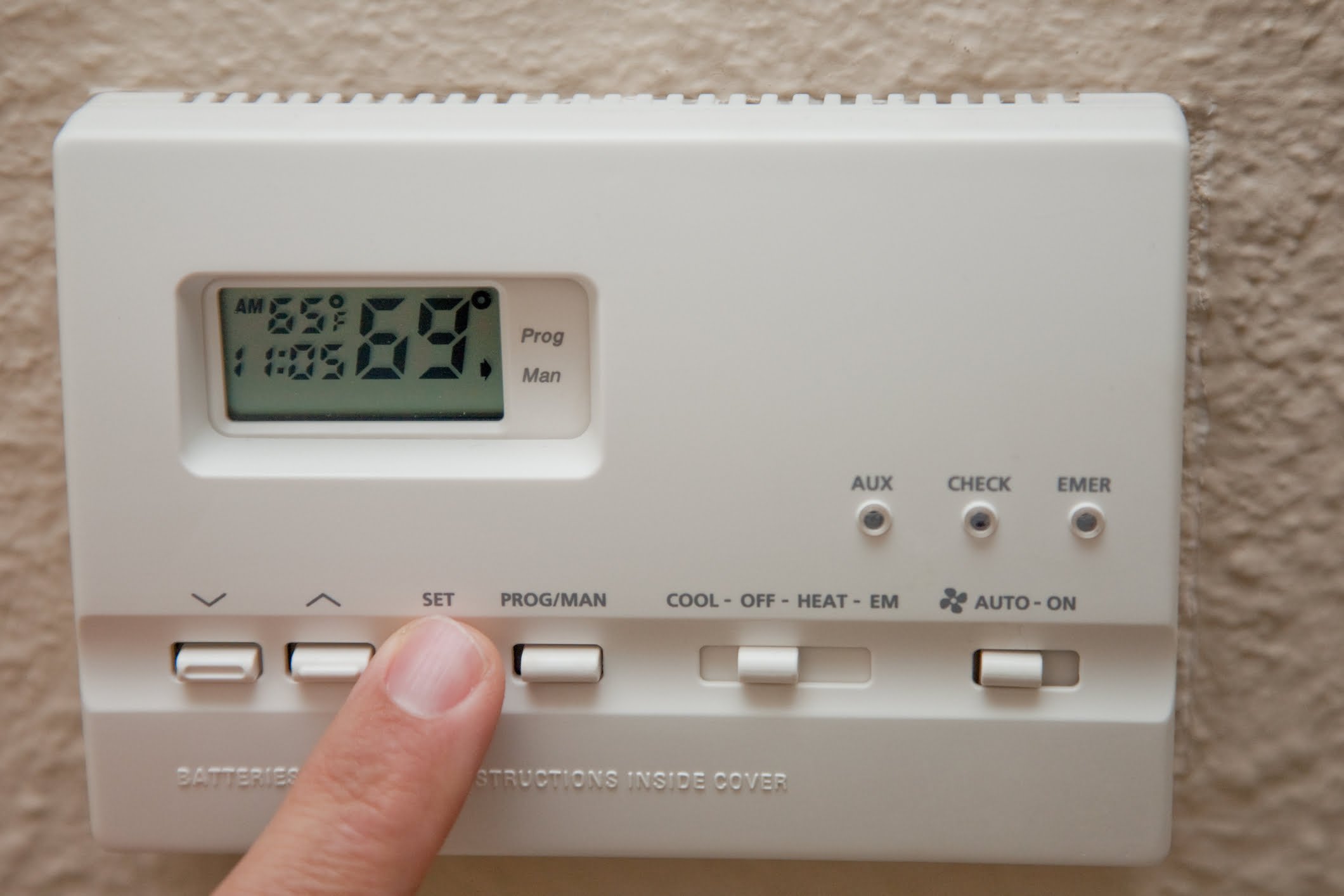
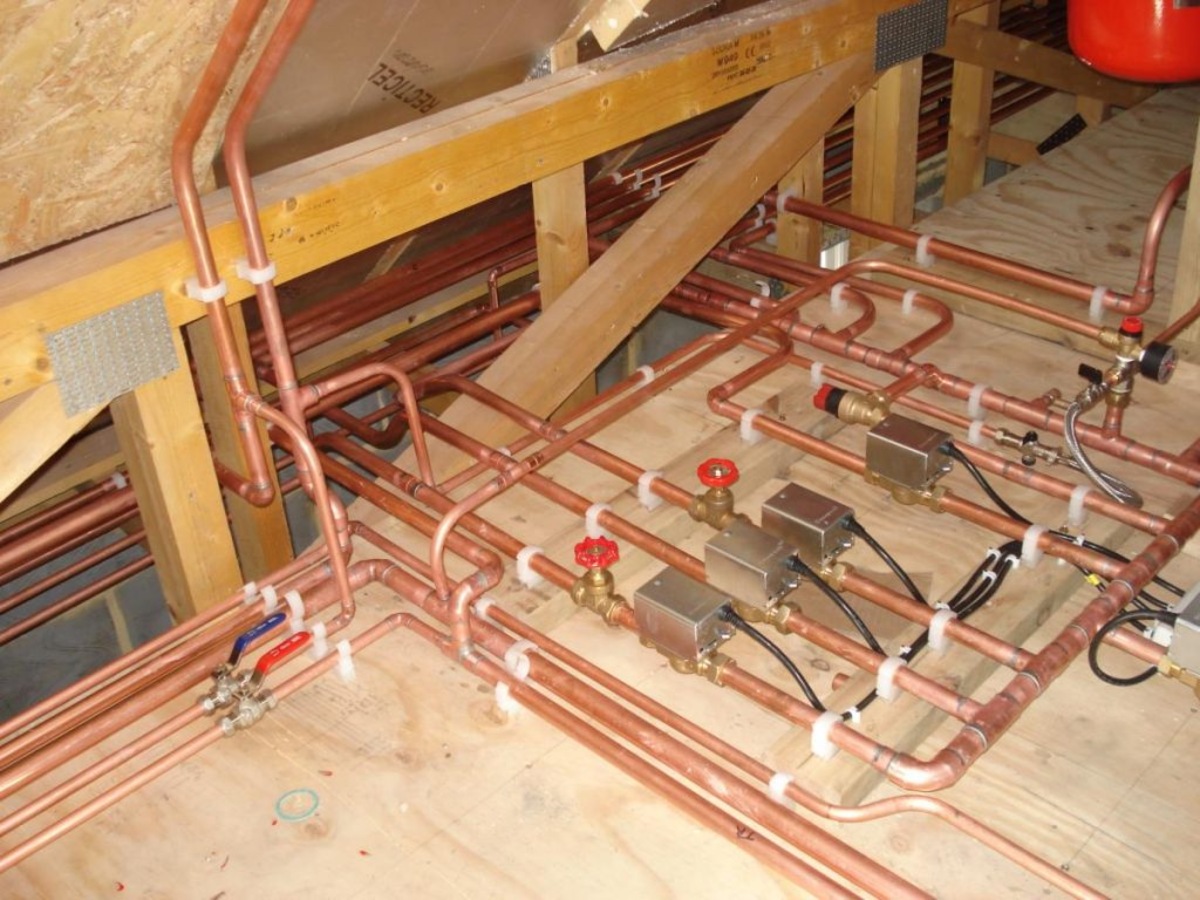
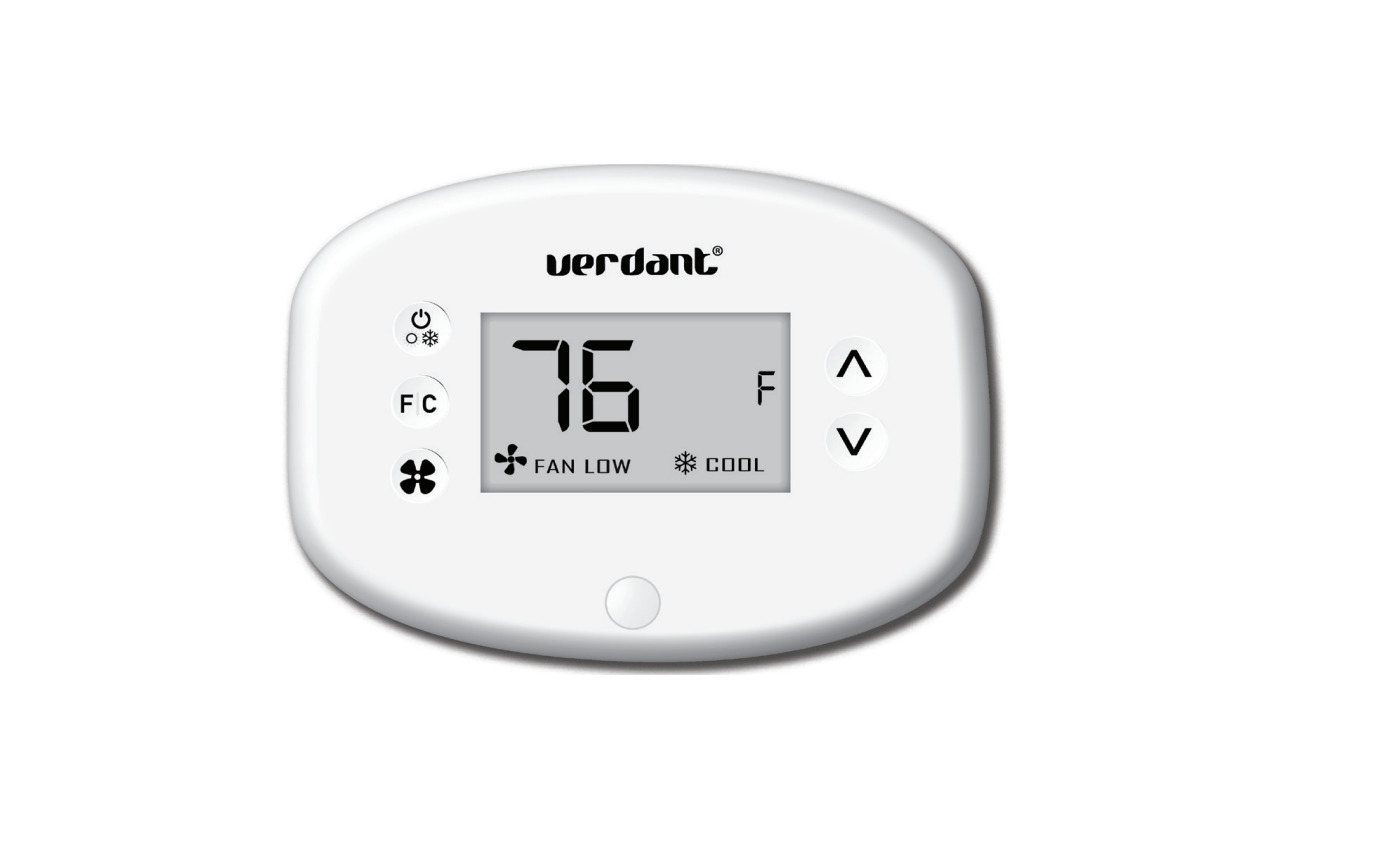
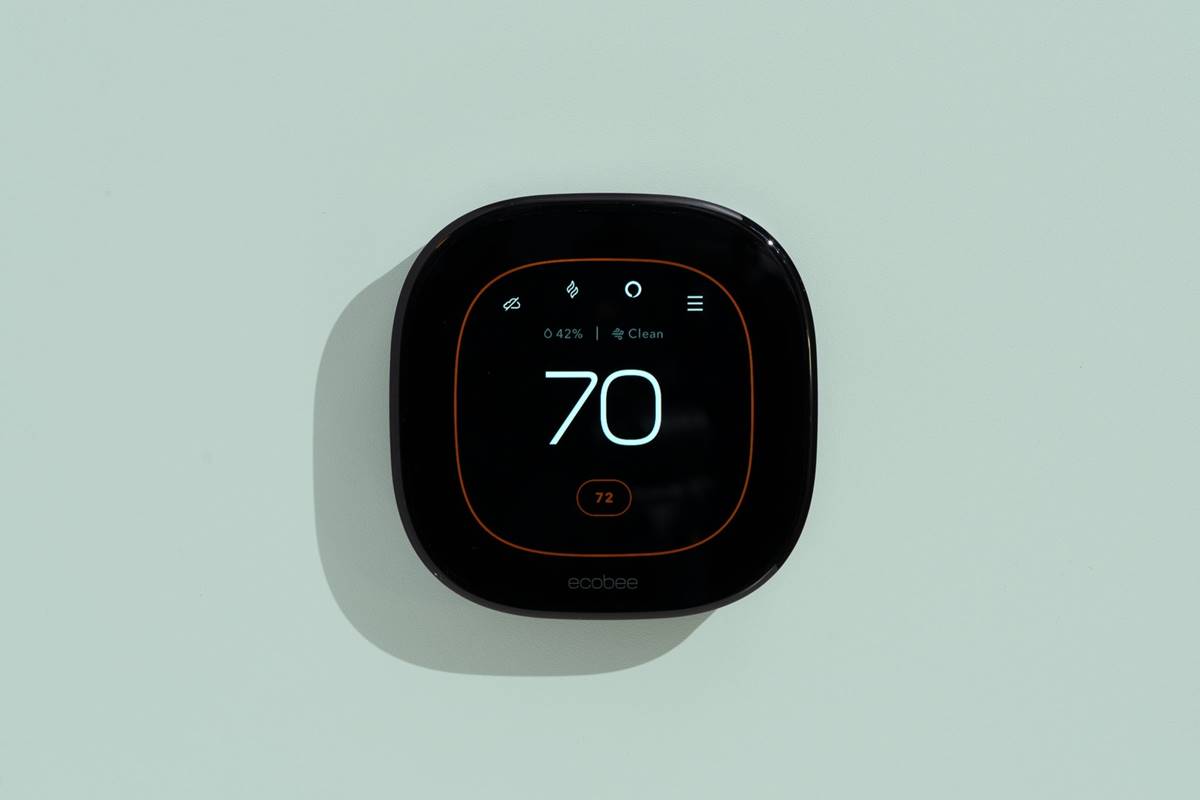

0 thoughts on “Smart Thermostat Zoning for Efficient Room-by-Room Heating”